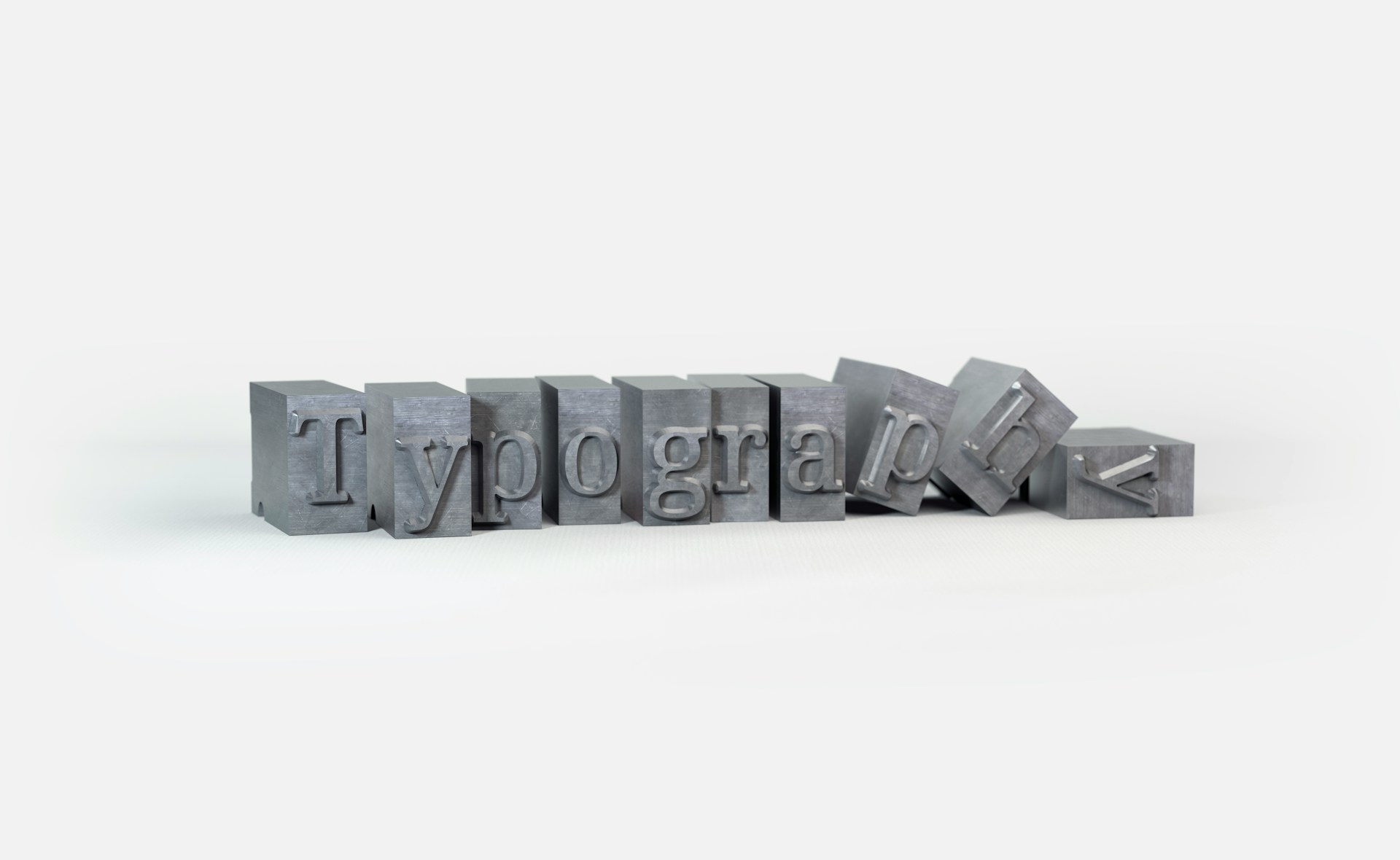When was the last time you actually looked at your website’s footer? And I mean really looked at it—not just shoved some copyright text and a privacy policy link down there and called it a day. Most designers treat footers like the junk drawer of web design, but here’s the uncomfortable truth: your footer might be working harder than your hero section.
Users scroll to the footer when they can’t find what they need anywhere else. If your footer disappoints them, they’re gone.
That neglected strip at the bottom of your pages is either a conversion machine or a missed opportunity—and there’s no middle ground.
Your footer isn’t just legal obligation real estate. It’s the last chance saloon for visitors who’ve scrolled through your entire page and haven’t found what they need yet. It’s where confused users go for rescue. It’s where serious researchers verify your credibility. And in 2025, with user behaviour more impatient than ever, your footer needs to earn its pixels.
🎯 1. THE FOOTER IS YOUR SAFETY NET (NOT YOUR AFTERTHOUGHT)
Think about how you browse websites. You land on a page, scan the content, and if you don’t immediately find what you’re looking for, where do your eyes go? Straight down to the footer. It’s instinctive.
Your footer is the last line of defence before a visitor hits the back button. Users arrive there in three scenarios:
- They’re lost – your navigation failed them and they need a sitemap-style overview
- They’re researching – they want contact details, location info, or social proof before committing
- They’re done – they’ve read everything and need a clear next step
In every single scenario, your footer needs to deliver. A lazy footer with just “© 2025 Company Name” and a privacy link? That’s like having a shop assistant walk away mid-conversation.
🔍 2. WHAT ACTUALLY BELONGS IN A 2025 FOOTER
Not every footer needs to be a mega-footer with fifty links, but it absolutely needs strategic content. Here’s the hierarchy that works:
- Navigation clusters – Group your main pages into logical categories. Products, Resources, Company, Support. Make it scannable in 3 seconds.
- Contact information that’s actually useful – Not just a “Contact Us” link. Real details: phone number, email, physical address if relevant. Business hours if you have them.
- Trust signals – Industry certifications, security badges, payment logos, awards. This is where sceptical visitors validate you.
- Social proof links – Your active social channels only. Don’t list Facebook if you posted last in 2019.
- Newsletter signup – One last chance to capture emails from engaged visitors who aren’t ready to buy yet.
- Legal links – Privacy policy, terms, cookies. Non-negotiable in 2025 with GDPR and similar regulations.
Notice what’s not on this list? Walls of text. Tiny fonts. Links to every single blog post from 2018. Your footer should be comprehensive without being overwhelming.
⚡ 3. FOOTER PERFORMANCE MATTERS MORE THAN YOU THINK
Here’s something most designers miss: a bloated footer kills your page speed scores. Loading dozens of social media icons, embedded maps, and heavy scripts in your footer impacts your entire page performance.
Smart footer optimisation in 2025:
- Use SVG icons instead of icon fonts or images
- Lazy load any embedded content (maps, videos, widgets)
- Defer non-critical scripts until after page load
- Keep your footer HTML clean and semantic
Google’s Core Web Vitals don’t care that “it’s just the footer.” Every element counts toward your cumulative layout shift and loading times. A fast footer is a functional footer.
📱 4. MOBILE FOOTERS ARE A DIFFERENT BEAST
On mobile, your footer takes up significantly more screen real estate. What looks like a compact strip on desktop becomes a scrolling experience on a phone. This isn’t necessarily bad—it’s just different.
Mobile footer essentials:
- Use accordion/collapsible sections for navigation groups—don’t make users scroll through 50 links
- Make phone numbers and email addresses tappable (use proper tel: and mailto: links)
- Increase touch target sizes—those tiny social icons need to be at least 44×44 pixels
- Consider a “Back to Top” button for long pages
Test your footer on an actual phone, not just Chrome DevTools. The experience is completely different when you’re thumb-scrolling.
🚀 5. TURNING YOUR FOOTER INTO A CONVERSION TOOL
The best footers in 2025 don’t just sit there—they actively drive actions. Your footer gets views on every single page of your site. That’s valuable real estate.
Conversion-focused footer elements:
- Contextual CTAs – “Still have questions? Book a free consultation” works better than generic “Contact Us”
- Social proof snippets – “Trusted by 10,000+ businesses” or review ratings
- Latest blog posts widget – Keep visitors engaged with your content
- Exit-intent newsletter signup – They’re at the bottom; offer something valuable to stay connected
Your footer is seen by 100% of users who don’t bounce immediately. Stop treating it like an obligation and start treating it like an opportunity.
Track your footer link clicks in analytics. You might be surprised how much traffic those “forgotten” links actually get.
Conclusion – Final Thoughts
Your footer won’t make or break your website on its own, but it’s the difference between a good user experience and a great one. It’s where attention to detail shows. It’s where lost visitors find their way. It’s where researchers verify you’re legitimate. In 2025, with users more demanding and competition fiercer, every element of your site needs to justify its existence.
So scroll down to your own footer right now. Would you trust a business with a footer like that? Would you find what you needed? If the answer isn’t an immediate yes, you’ve got work to do.



